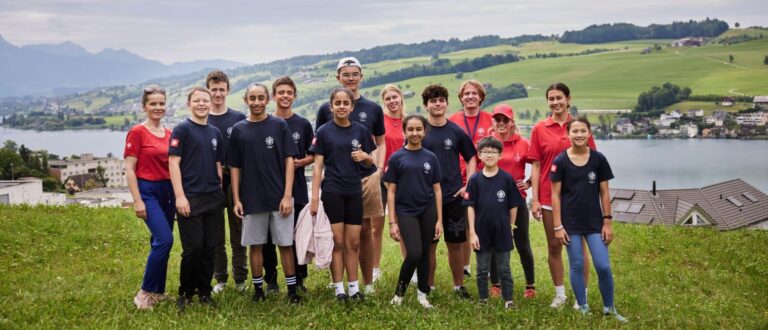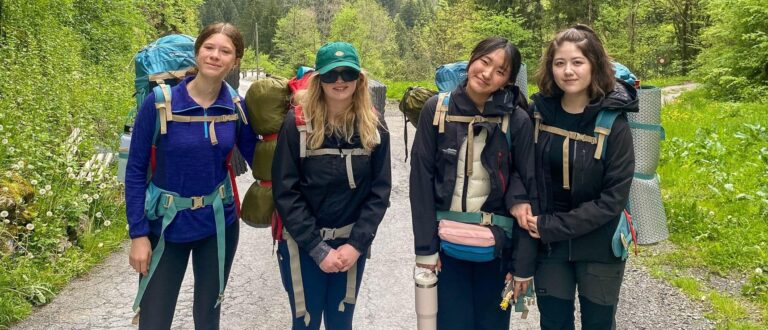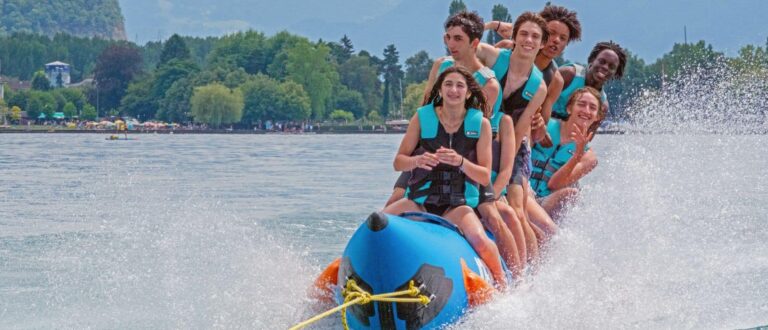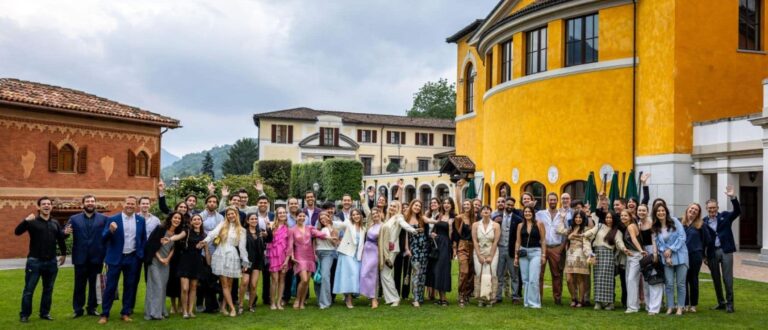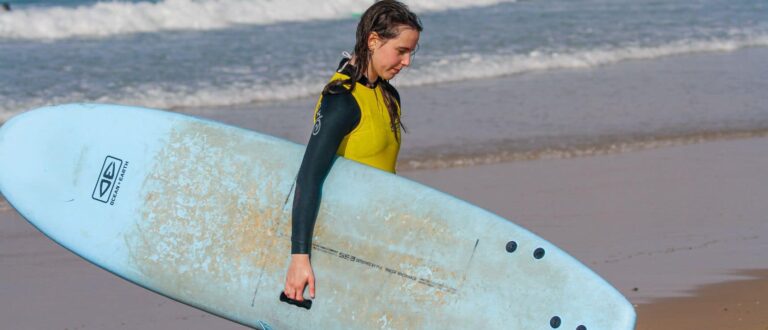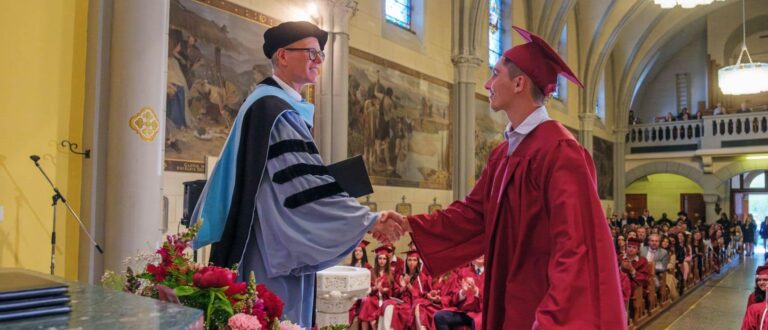Hi! My name is Victoria. I’m 16 years old, and I’m a competitive alpine ski racer.
I started skiing when I was three near my hometown in Les Paccots before training in Morgins. I joined the Morgins ski team and competed with them until I was 12. After that, I joined Ski Valais, where I trained for four years.
Now, I’m in my second year of FIS (International Ski Federation) competitions.
What inspired you to pursue skiing at a high level?
It came naturally. When I was selected to join Ski Valais, I realized competitive skiing was something I could take seriously. From then on, I started setting long-term goals and focused fully on improving my skills.
What does your typical training look like during the ski season?
It depends on the day:
- Weekends: Training begins at 9:00 AM and lasts until around 12:30 PM. We start with an hour-long warm-up, often using techniques like resistance bands to improve foot positioning. Then, we inspect the course and complete about six runs, depending on the session goals.
- Weekdays: On Thursdays, I train in the mornings, starting at 8:00 AM, to return to school afterward. These sessions are shorter and designed to avoid overtraining.
What kind of off-season training do you do to stay in shape?
In the summer, I follow a strict five-day training schedule:
- Monday and Friday: Strength training.
- Wednesday and Thursday: Cardio, with a focus on sprints and explosive movements on Thursdays.
This routine helps me maintain fitness and prevent injuries before the ski season begins.
How do you mentally prepare for tough races?
I focus on staying positive and avoid dwelling on potential challenges like icy courses or strong competition. Thoroughly inspecting the course before the race boosts my confidence and allows me to stay focused, no matter the conditions.
Ski Racing and Academics at Haut-Lac School
How important is nutrition in your training and performance?
I’m mindful of what I eat, especially in the mornings. A light breakfast helps me feel energized without slowing me down during training. While my coaches don’t enforce strict dietary rules, we often discuss the role of nutrition in performance.
How does Haut-Lac School’s student-athlete program help you balance skiing and academics?
The program has been incredibly supportive. Teachers provide assignments in advance when I’m away for competitions or training camps. They’re also understanding if I need extra time to complete my work, making it easier to juggle both academics and skiing.
What’s been your most memorable competition so far?
One of my favorite memories is competing in the Super-G event at last year’s Danish Championships in Norway. It was my first FIS season, and the icy, technical course was unlike anything I’d done before. Despite my initial nerves, I finished strong and felt a huge sense of accomplishment.
Technique and Training Insights
Do you have a favorite discipline, like slalom or giant slalom?
I definitely prefer slalom. The technical aspect is what I enjoy most, where small details like body stability, ski angles, and foot positioning can make all the difference.
For speed events, it’s more about mental preparation. You need to memorize every gate and stay confident while racing at speeds of up to 110 km/h.
What are the biggest challenges in alpine ski racing?
As one of the youngest in the FIS category, I often compete against athletes with years of experience. Initially, it was intimidating to see the time differences, but I’ve learned to focus on my progress and treat skiing as a long-term journey.
Goals and Inspirations
What are your goals for this season and the future?
This season, my goal is to achieve 100 FIS points (I’m currently at 120). Next season, I’m aiming for 60 points. Looking further ahead, I hope to compete at the 2026 Winter Olympics.
What advice would you give to younger athletes aspiring to pursue alpine skiing?
There will be setbacks, whether it’s in a single race or over a longer period. The key is to stay positive and never give up. With dedication and persistence, progress will come.


